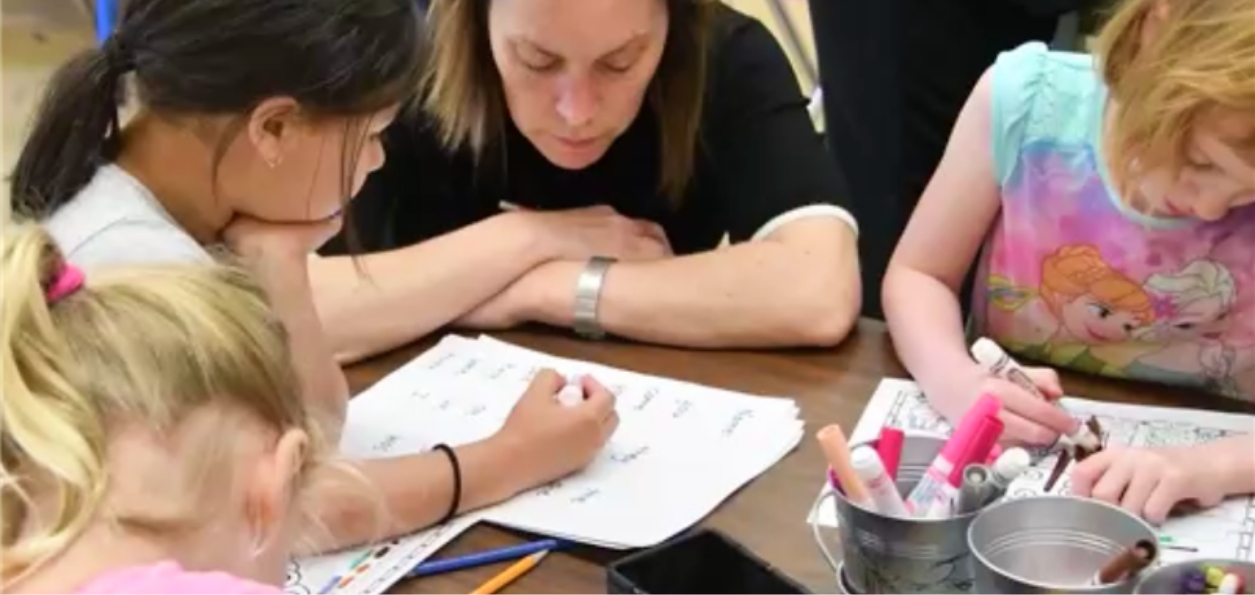At Arden Elementary, a pretty cool approach to learning is underway. It has been in place for about six years now and evolved from a group of early primary teachers engaged in a Professional Learning Community.
The teachers were interested in exploring alternative ways to serve the needs of their learners better. The results are showing favourably and there is a great deal of excitement regarding the work being done.
It’s known as Response to Instruction (RTI), a learning approach that focuses on the specific needs of students.
The approach begins at the start of each new school year and continues until the end of the year, involving regular assessments and a collaborative approach between teachers, students and support staff. RTI begins with assessments to determine each students’ needs. Based on the evaluations, each child is placed into a group with other students to receive direct and explicit instruction in skills that they need to progress. The team of teachers plans together what is the best approach to target instruction.
Student groups work together for approximately six weeks and are then reassessed and rearranged into a new group that reflects the skill level they have achieved. These regular assessment intervals allow teachers to monitor student growth and respond accordingly, to meet each student’s needs while still allowing the student to work independently at his or her level. In essence, it is about meeting the student where they are.
The benefits of RTI transcend beyond academic achievement in one of education’s core competencies. Along with increasing confidence and literacy development, the students are experiencing a school culture uniquely their own, one that leads to a sense of family, a strong sense of belonging.
Because students were moving to different teachers in different areas of the building, making new friends in new groups, their sense of belonging increased significantly. In addition, collaboration among teachers became the new normal on a much deeper level. These results are acknowledged in bold print on the hallway bulletin board where quotes from students can be read such as, “I like it because we get to get together with different classes and make new friends.”
According to Sara Kerr, a teacher instrumental in RTI implementation, their school has become a community of learners. Kerr collaborates with two other grade one teachers, for example, in which all 60 grade one students are viewed as “their” students; they commit to finding solutions to best address learning needs together.
“It truly is who our grade one team is. We are a group of collaborative learners as teachers, and our students are also part of that team,” adds Kerr
Lucinda Wolters, then vice principal at Arden, introduced RTI after investigating deeply into research about the increasing vulnerability of early learners. Through her findings, Wolters kept coming across RTI as an effective model. With the support of the kindergarten teachers, the education team jumped on board and quickly adapted the program to meet their school’s specific needs. The Kindergarten teachers developed guiding parameters for RTI as a reflective tool and to help teachers stay the course. These parameters emphasized shared ownership of student learning and collaborative problem solving, for example.
“This is an incredible staff; they are so committed to our kids and doing the right thing. They care about excellence in their work,” expressed Wolters. “What I didn’t expect is the impact on our culture and what we mean by “The Arden Way.” This term was first introduced by Kevin Reimer, a former administrator and is just a little phrase that captures the essence of our school and what it means for everyone to be a compassionate, engaged citizen.”
-30-
IMAGE: Judith Cudmore is one of the teacher leaders at Arden Elementary on the education team and helped introduce RTI to the students.
